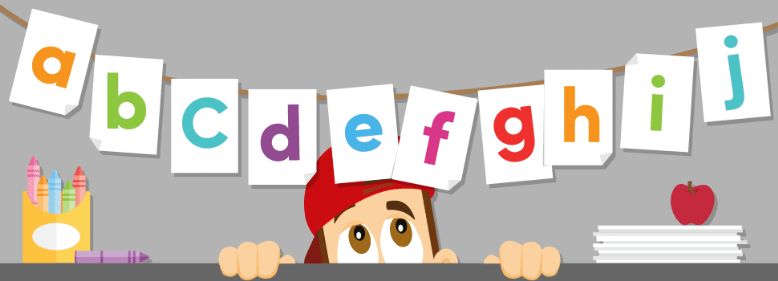Phonics and Little Wandle

Learning to read involves various different skills. These are the skills all children need in order to successfully learn how to read.
- Phonemic awareness – the ability to hear and manipulate the different sounds in words
- Phonics – recognising the connection between letters and the sounds they make
- Vocabulary – understanding the meaning of words, their definitions, and their context
- Reading comprehension – understand the meaning of text, both in storybooks and information books
- Fluency – the ability to read aloud with speed, understanding and accuracy
When we help children to learn to read, we want to make it a positive and rewarding experience so that they become confident and enthusiastic learners.
There are many ways to support your child’s reading development at home.
Use songs and nursery rhymes to build phonemic awareness
Children's songs and nursery rhymes are not just a lot of fun—the rhyme and rhythm help children to hear the sounds and syllables in words, which helps them learn to read. A good way to build phonemic awareness is to clap rhythmically together and recite songs in unison. This playful and bonding activity is a fantastic way for children to implicitly develop the literacy skills that will set them up for reading success
Make simple word cards at home
Cut out simple cards and write a word containing three sounds on each one (e.g. ram, sat, pig, top, sun, pot, fin). Invite your child to choose a card, then read the word together and hold up three fingers. Ask them to say the first sound they hear in the word, then the second, and then the third. This simple activity requires little prep‑time and builds essential phonics and decoding skills.
Engage your child in a print-rich environment
Create daily opportunities to build your child's reading skills by creating a print‑rich environment at home. Seeing printed words (on posters, charts, books, labels etc.) enables children to see and apply connections between sounds and letter symbols. Perhaps labels things at home for your child to read, for example, pasta, nuts, bag, mat etc the list is endless!
Play word games at home or in the car
Focus on playing games that encourage your child to listen, identify and manipulate the sounds in words. For example, start by asking questions like “What sound does the word start with?” “What sound does the word___ end with?” “What words start with the ___ sound ?” and “What word rhymes with___ ?”.
Play with letter magnets
Middle vowel sounds can be tricky for some children, which is why this activity can be so helpful. Prepare letter magnets on the fridge and pull the vowels to one side (a, e, i, o, u). Say a CVC word (consonant-vowel-consonant), for example 'cat', and ask your child to spell it using the magnets.
Harness the power of technology to keep your child engaged
Learning to read should be an enjoyable process in order to keep kids motivated to improve. Sometimes a child might be full of excitement and eagerness to learn at the beginning, but once they hit a wall can feel overwhelmed and give up easily. As a parent, it can feel impossible to pick up again and know where to fill in any gaps that may be causing frustration.
Read together on a daily basis and ask questions about the book
A lot of people don't realise just how many skills can be picked up through the simple act of reading to a child. Not only are you showing them how to sound out words, you're also building key comprehension skills, growing their vocabulary, and letting them hear what a fluent reader sounds like. Most of all, regular reading helps your child to develop a love reading, which is the best way to set them up for reading success.
Strengthen your child's comprehension skills by asking questions while reading. Encourage them to engage with the pictures (e.g. “Do you see the boat? What colour is the cat?”). For a developing reader, ask questions about what you've just read, like “Why do you think the little bird was afraid?” “When did Sophie realise she had special powers?”
Play games to memorise high-frequency sight words every day
Sight words or tricky words are ones that cannot be easily sounded out and need to be recognised on sight.
The strategy for learning sight words is, "See the word, say the word". Learning to identify and read sight words is essential for young children to become fluent readers
Be patient; the best way to teach kids to read is to make it fun!
Every child learns at his or her own pace, so always remember the single most important thing you can do is to make it enjoyable. By reading regularly, mixing things up with the activities you choose, and letting your child pick out their own books occasionally, you'll instil an early love of reading and give them the best chance at reading success in no time.
Click on the Phonics and Little Wandle tab for more detailed information about the teaching of reading through Phonics and how to support your child.
We teach phonics lessons daily and follow the Little Wandle revised Letters and Sounds programme. This is a synthetic approach, where children learn to read and spell by breaking down words into smaller parts (phonemes). By decoding and blending children are able to read and spell using their knowledge of the 44 phonemes.
Click on the tabs to the right to view information about our phonics teaching this term...
